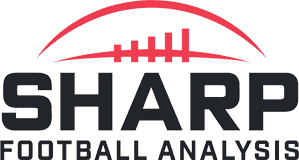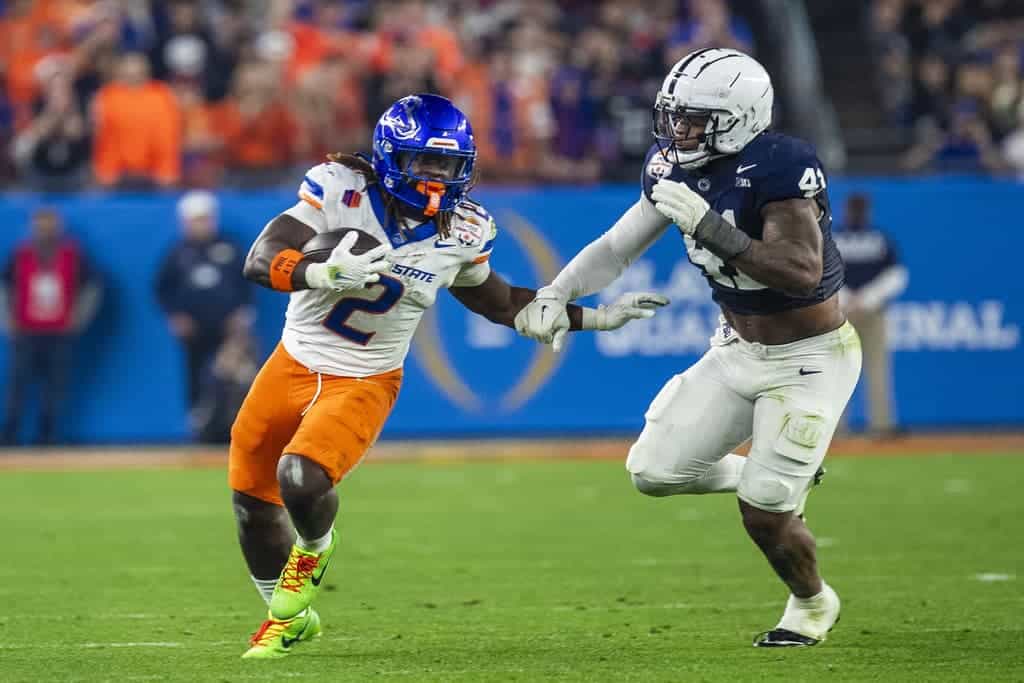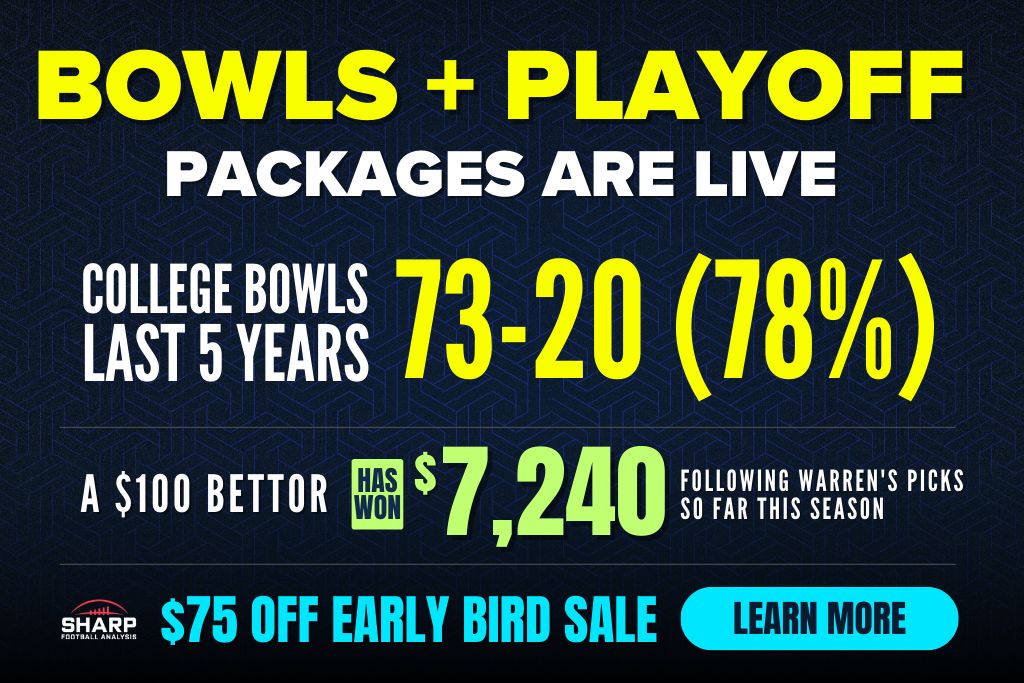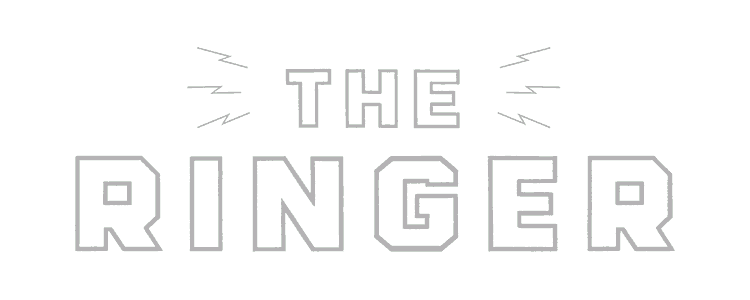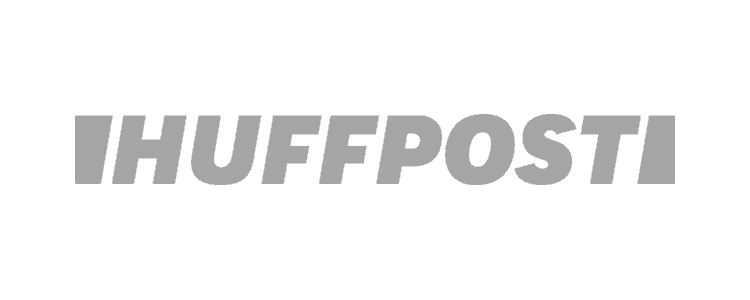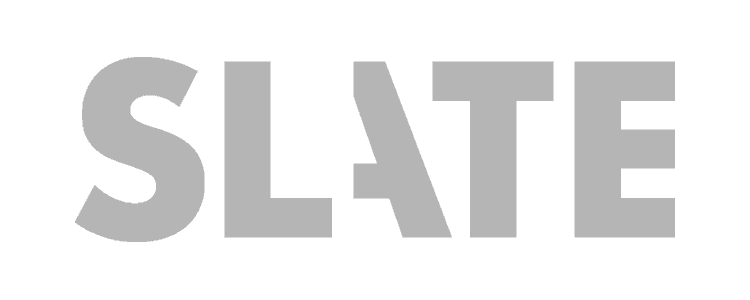The following is an excerpt from Warren Sharp's 2025 Football Preview book. In addition to Warren's deep, detailed write-up on all 32 NFL teams, each chapter features page after page of full-color charts, stats, and heatmaps as well as draft class analysis from Ryan McCrystal. Click here for a full FREE chapter from the 2025 Football Preview.
With 2025 NFL training camps on the horizon, we’re starting to understand how 2025 NFL draft classes will impact each roster this season.
Let's look at the Las Vegas Raiders, breaking down the most likely instant-impact rookies from each class, while also providing some insight into why certain early picks may not see the field.
Who are the Las Vegas Raiders rookies?
- Ashton Jeanty (RB, Boise State)
- Jack Bech (WR, TCU)
- Darien Porter (CB, Iowa State)
- Caleb Rogers (OT, Texas Tech)
- Charles Grant (OT, William & Mary)
- Dont'e Thornton Jr. (WR, Tennessee)
- Tonka Hemingway (DL, South Carolina)
- JJ Pegues (DL, Ole Miss)
- Tommy Mellott (WR, Montana State)
- Cam Miller (QB, North Dakota State)
- Cody Lindenberg (LB, Minnesota)
Las Vegas Raiders Draft Class Grade:
The Las Vegas Raiders received a B- draft grade from Sharp Football.
Which Raiders Rookies Will Make An Impact?
The selection of Ashton Jeanty (first round) is another sign the team is fully committed to trying to compete with 34-year-old Geno Smith at quarterback.
Jeanty was the top running back prospect in this class, and there’s little doubt he will improve the Raiders backfield. But there’s certainly room to question the decision from a team building standpoint.
Jeanty’s strength is his power, which will come in handy behind an inconsistent Raiders offensive line.
When Jeanty was contacted at or behind the line of scrimmage, he still managed 3.0 yards per attempt, ranked sixth in the country.
The only question about Jeanty's future in the league is whether he’s the type of ball carrier who can stay on the field on passing downs.
Based on route adjusted data, Jeanty gained 6% fewer yards after the catch than expected. If that trend continues in Las Vegas, it might be difficult to justify maintaining his usage as a true three-down back.
It’s possible Jeanty’s performance looks similar to Derrick Henry’s early career, when he was a powerful early-down back but lacked the skills to contribute in a meaningful way on passing downs.
Jack Bech (second round) adds some much-needed depth to the receiving corps, and his outside/slot versatility will give Chip Kelly the option to be creative in how he’s deployed.
Bech started his career as a tight end at LSU, and although Bech is smaller, there are some similarities between him and Brock Bowers.
The downside to the selection of Bech is that he’s yet another receiver in the fold who doesn’t offer much ability to produce after the catch. On the most common NFL routes, Bech produced 16% fewer yards after the catch than expected based on route adjusted data over the last two seasons.
Expect Bech to start immediately, likely playing both the slot and the outside, much like Jakobi Meyers.
Darien Porter Jr. (third round) posted elite numbers at the combine, yet he was buried on the depth chart for most of his six years at Iowa State, only starting seven games.
It begs the question: if you can’t get on the field with those traits at Iowa State, why should we believe it will work in the NFL?
There was some evidence of production when Porter got on the field, however. Based on route adjusted data, he allowed a catch rate 34% below expected.
It’s also worth pointing out that Iowa State head coach Matt Campbell doesn’t have the best track record of getting the most out of his talent. For example, he once managed to go 7-6 (in 2019) despite a roster loaded with NFL talent like Brock Purdy, Breece Hall, and Will McDonald IV.
Campbell has raised the floor at Iowa State dramatically, but there’s also good reason to expect some of his talented athletes to blossom once they leave the program.
Caleb Rogers (third round) will provide some depth on the offensive line, but the selection felt like a reach in the third round.
This was a weak draft class for offensive linemen, and the selection screams desperation of a team that backed itself into a corner and needed to address the position.
That said, Rogers can play both guard and tackle, making him an ideal backup.
Texas Tech ball carriers gained 2.5 yards before contact per attempt when running behind Rogers when he was lined up on the interior offensive line last year, the worst rate on the team 一 not ideal for a Raiders team that is likely to heavily feature the run game.
Charles Grant (third round) might have more upside than Rogers, though the projection is more difficult as he’s making the transition from William & Mary.
Grant exclusively played left tackle for the Tribe. Kolton Miller is entrenched in that spot for now, but he’s entering the final year of his contract.
If Grant impresses the coaching staff in practice, there’s a chance he’ll step into Miller’s role in 2026, or at least compete for the job with a cheaper veteran.
Dont’e Thornton Jr. (fourth round) is another curious case of traits not matching collegiate production.
The 6-foot, 4-inch Thornton and his 4.30 speed appears to have been built in a lab to play in Josh Heupel’s aggressive downfield passing attack at Tennessee. So why did he start just four games last year, while averaging 13 routes per game (fourth on the team)?
Don’t put any expectations on Thornton for his rookie year, as Tennessee's offense is overly simplistic and receivers and quarterbacks typically have a tough transition to the league.
Expect the Raiders to use Thornton as an occasional deep threat, while trying to groom him for a starting role down the road.
The Raiders finally addressed the defensive line with the selection of Tonka Hemingway (fourth round).
There were rumors prior to the draft that Christian Wilkins’ injury might dictate the team’s first-round selection. Since the team didn’t address that spot until Day 3, hopefully that’s a good sign for Wilkins’ availability.
Hemingway’s 7.8% pressure rate ranked fifth among SEC interior linemen last year.
At just 284 pounds, Hemingway is undersized for a starting role, but could rotate in on passing downs.
JJ Pegues (sixth round) matched Hemingway’s 7.8% pressure rate and will also factor into the defensive line rotation.
Pegues lacks Hemingway’s athletic traits, but has the size to play on early downs, so the two are likely not in direct competition with each other as reserves.
Tommy Mellott (sixth round) played quarterback at Montana State, but was frequently used as a runner in that role. He’ll get a chance to earn a roster spot on the depth chart at wide receiver, and might even see some action as a return specialist.
If Mellott wins a roster spot, you can bet Kelly will have a couple of trick plays for him in the arsenal this season.
Cam Miller (sixth round) is another FCS quarterback, though he will likely stick at the position.
There are doubts about Miller’s passing ability 一 he lacks elite arm strength 一 but he’s a legitimate threat with his legs, and he’ll have a chance to develop as the third-string quarterback in Las Vegas.
Cody Lindenberg (seventh round) has a surprisingly clear path to the field due to the Raiders' lack of depth at linebacker.
Devin White and Elandon Roberts will begin the season as starters. But when the Raiders put three linebackers on the field 一 which they did 31% of the time last year 一 it’s unclear who the next man up will be.
Lindenberg will likely battle with Tommy Eichenberg and a few others for that role.
The Raiders needed a lot of immediate help from this draft class, but it’s unclear if they got enough.
There may only be two rookie starters (Jeanty, Bech), and a rookie running back and possession receiver are probably not going to swing the outcome of many games.
This analysis continues in the 2025 Football Preview
Order Warren Sharp's 2025 Football Preview to get draft class analysis for all 32 NFL teams.
Warren Sharp’s 550+ page full-color PDF, the 2025 Football Preview, is unlike anything you have previously read. Stunning visualizations, including new heat maps, are built with the reader in mind. Innovative, next-level thought process abounds in every team chapter and article.
Get Warren's Book for $34.99
Warren Sharp's book shares insights into the players, coaches, teams, and philosophies with one goal: to prepare you for the 2025 NFL season with the smartest information delivered in the fastest, most direct way possible for optimal reviewing and retention.
- Team Chapters previews are in-depth, data driven & full of actionable info
- Fantasy Football player profiles, predictions, and ranks
- Vegas Odds forecast team wins, division rankings, lines for all 2025 games
- Coaching strategic advice for teams, play calling analysis & team tendencies
- Front Office Analysis positional spending, roster construction & cap analysis
- Reasons to bet over/under win totals & analysis of futures betting market
- Rookie draft class deep dive into impact for every team
- Rankings for every positional unit on every team with analysis
